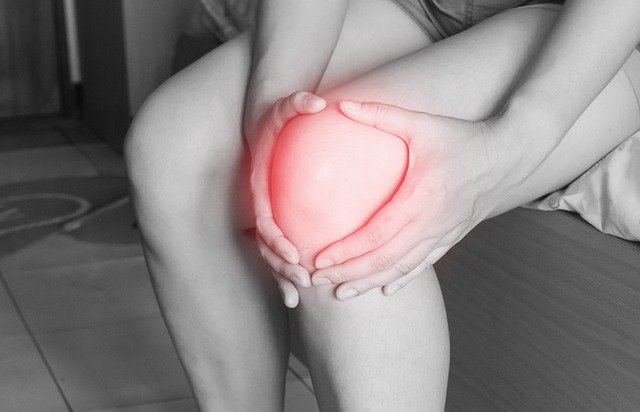
In a new study, researchers found exercise could help prevent cartilage damage caused by arthritis.
The finding provides useful information for people with arthritis to improve their health and may help develop a new treatment for cartilage damage.
The research was conducted by researchers from the Queen Mary University of London.
Arthritis is a health condition that damages the body’s joints and it can cause discomfort and pain.
The condition ranges from mild to severe and it can affect people of all ages.
Early signs of arthritis include fatigue, morning stiffness, joint stiffness, pain, swelling, fever, numbness and tingling, and reduced motion.
Previous research has shown that there is usually no cure for arthritis, but there are ways to manage the condition.
People with arthritis could take Nonsteroidal anti-inflammatory drugs (NSAIDs) to reduce pain and inflammation.
In the current study, the team focused on a non-medication method to prevent/delay the condition.
They found that during exercise, the cartilage in joints such as the hip and knee is squashed.
The living cells in the cartilage could detect this mechanical distortion and then block the inflammatory molecules linked to arthritis.
This anti-inflammatory effect of physical activity is caused by the activation of a particular protein, called HDAC6.
The protein could trigger changes in the proteins that form primary cilia.
The team found that exercises could suppress the action of inflammatory molecules which cause osteoarthritis.
The team also found that drugs that blocked HDAC6 prevented the anti-inflammatory effects of physical activity, while other drug treatments could mimic the benefits of exercise.
The finding suggests healthy exercise could help prevent cartilage degradation.
It may also explain the anti-inflammatory effects of normal blood flow in arteries. Normal blood flow is important for preventing arterial disease.
The finding demonstrates the benefits of exercise on the tissues that form joints. It also shows how this effect is down to tiny hair-like structures called primary cilia.
The researchers hope that the new finding will help to develop new treatments for arthritis which affects over three million people in the UK causing stiff and painful joints.
This is the first study showing how mechanical forces experienced by cells in joints during exercise could prevent cartilage degradation.
One author of the study is Mr. Su Fu, a Ph.D. student at the Queen Mary University of London.
The study is published in the journal Osteoarthritis and Cartilage.
Copyright © 2019 Knowridge Science Report. All rights reserved.



